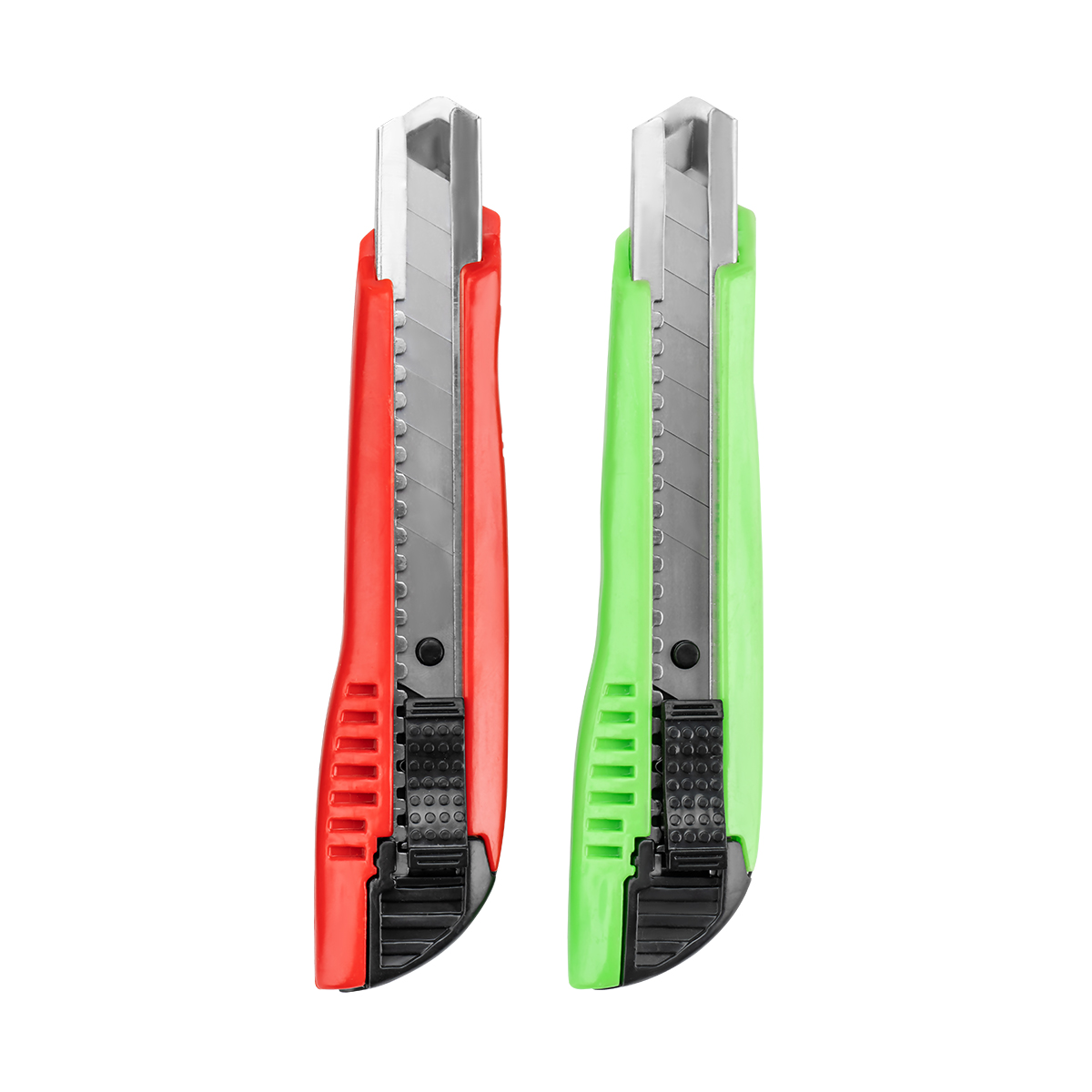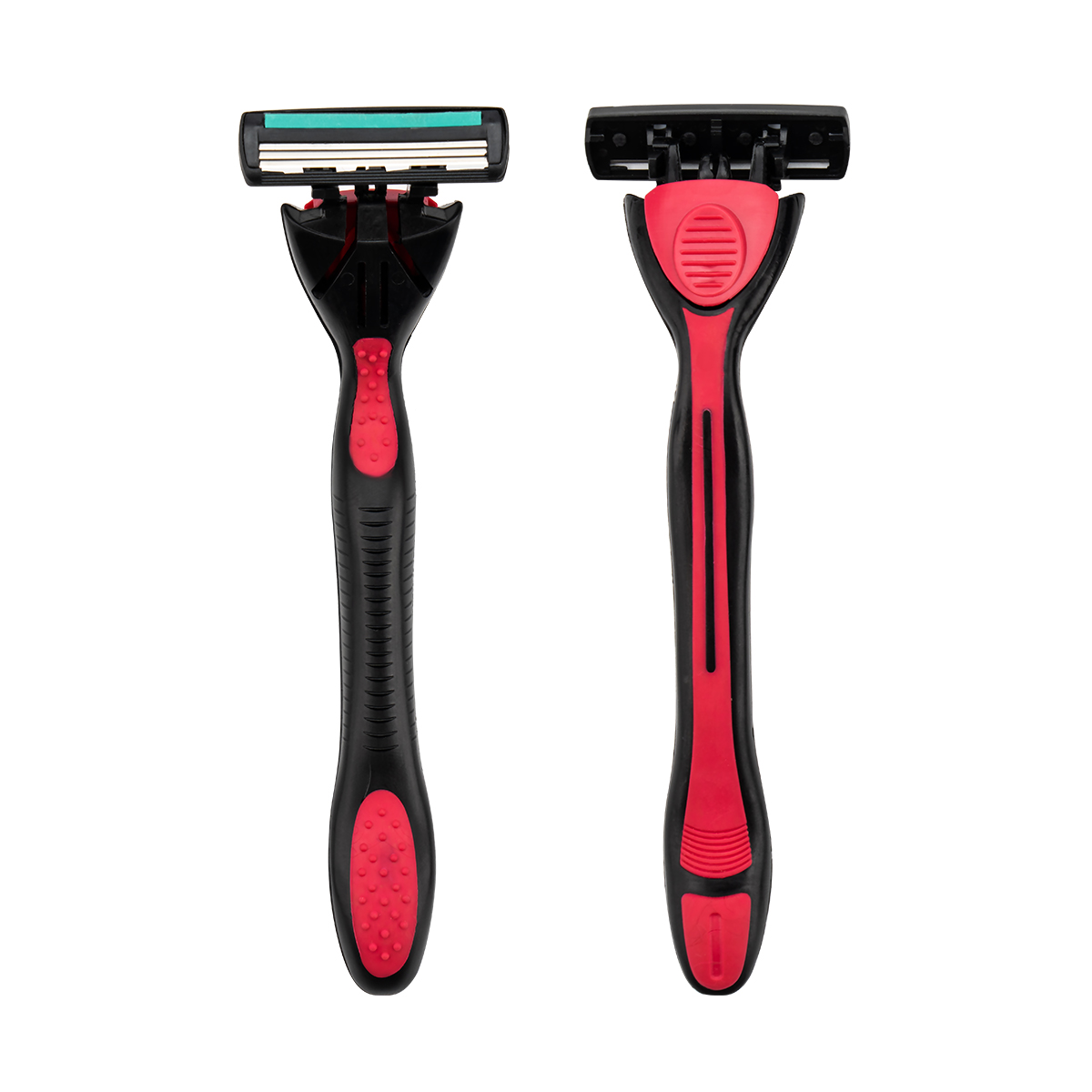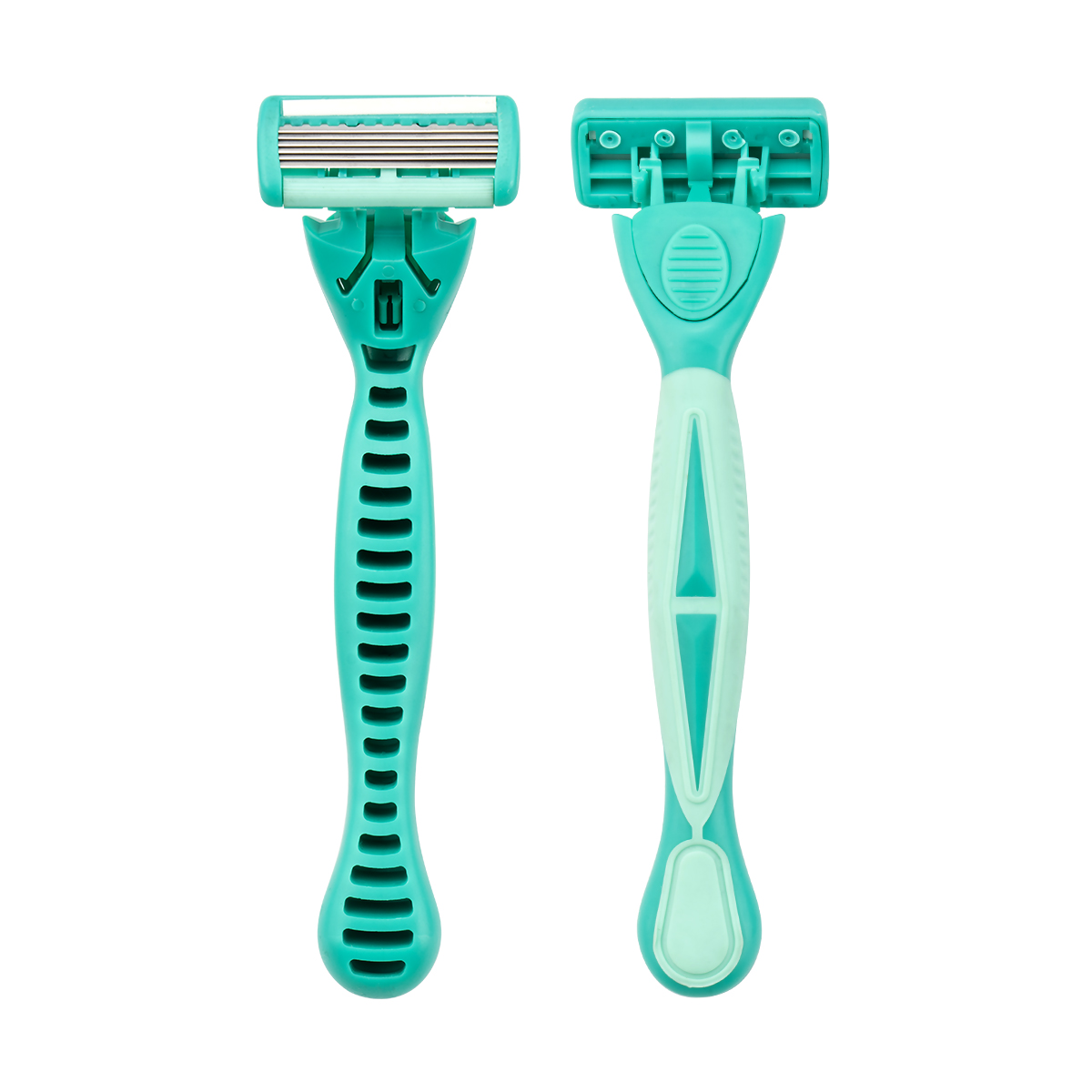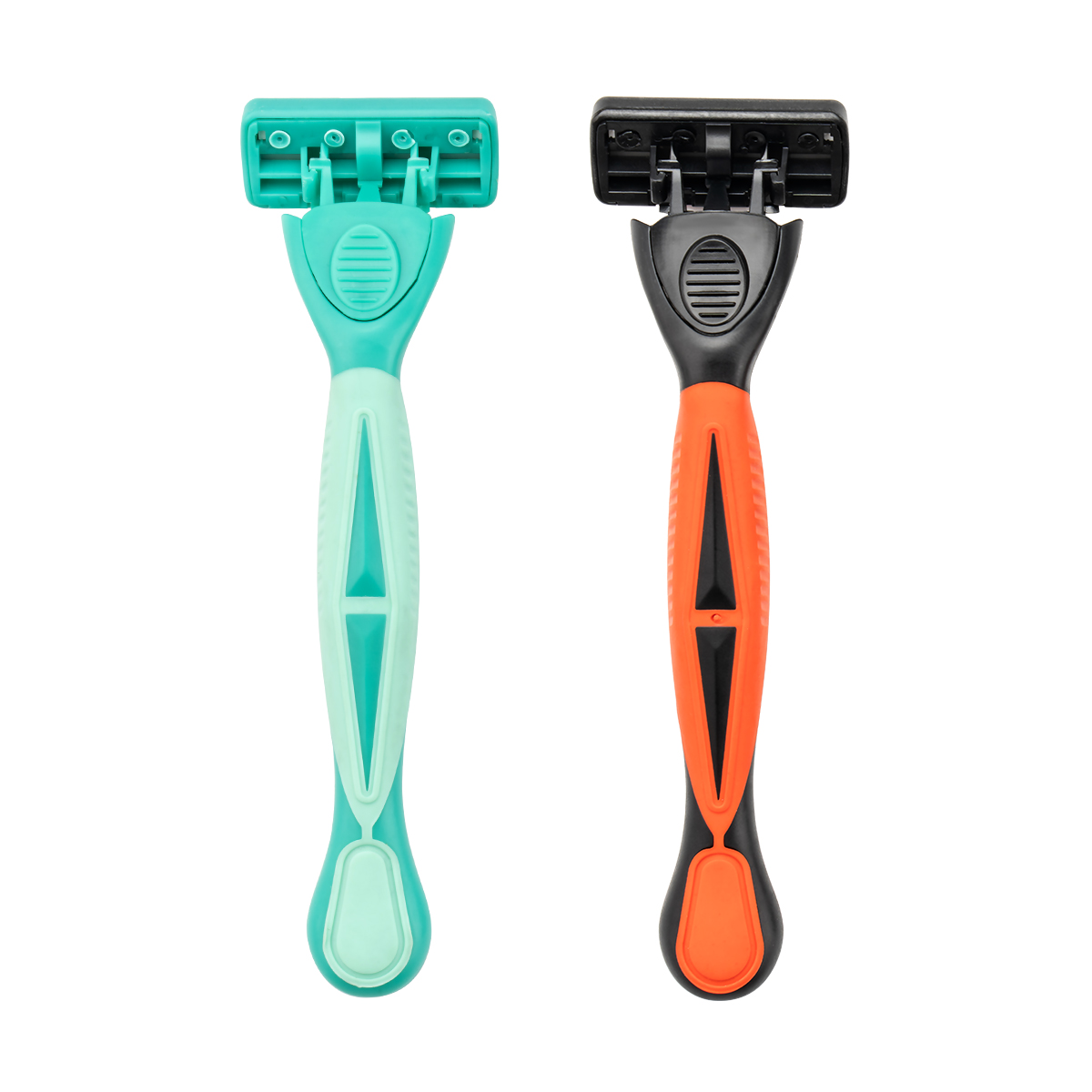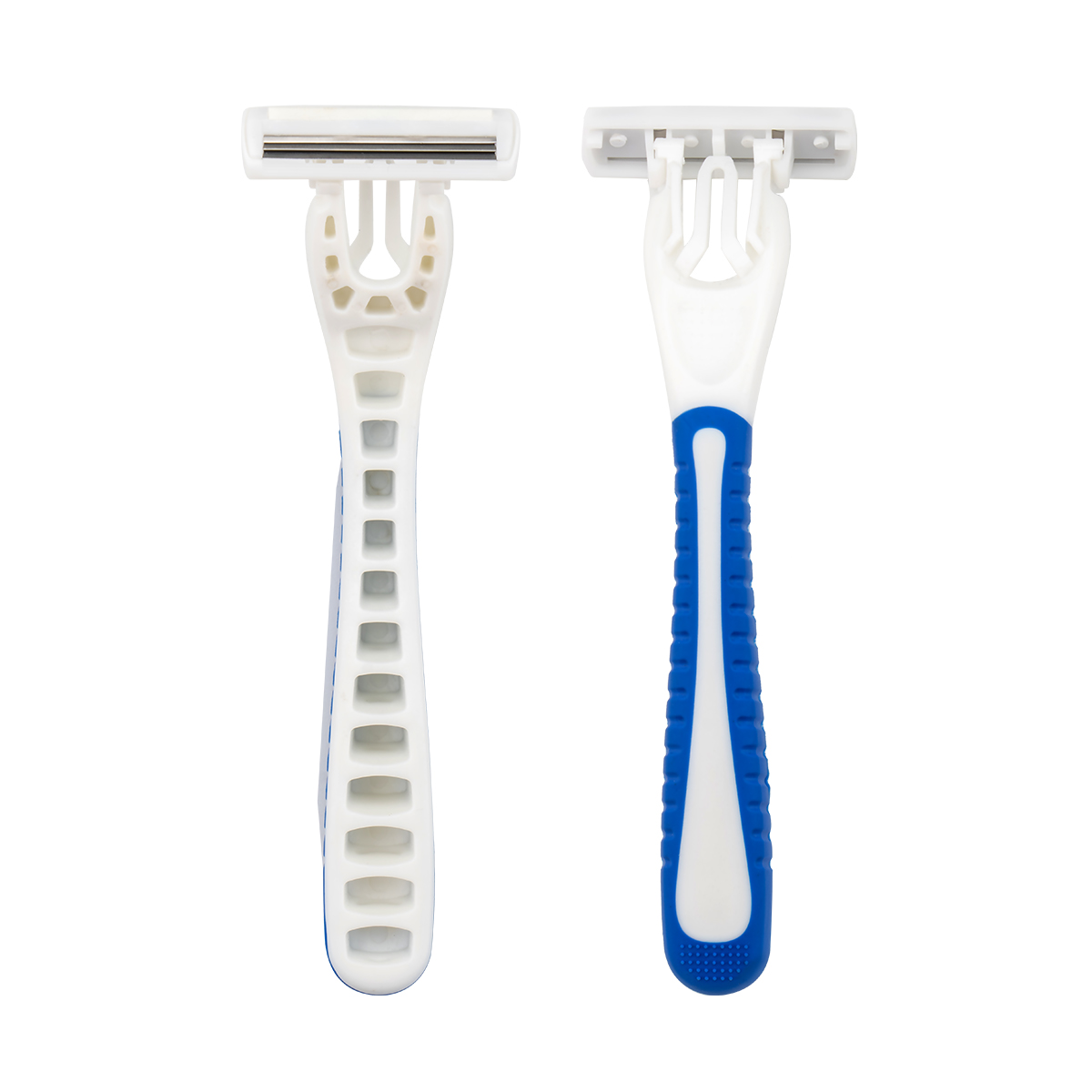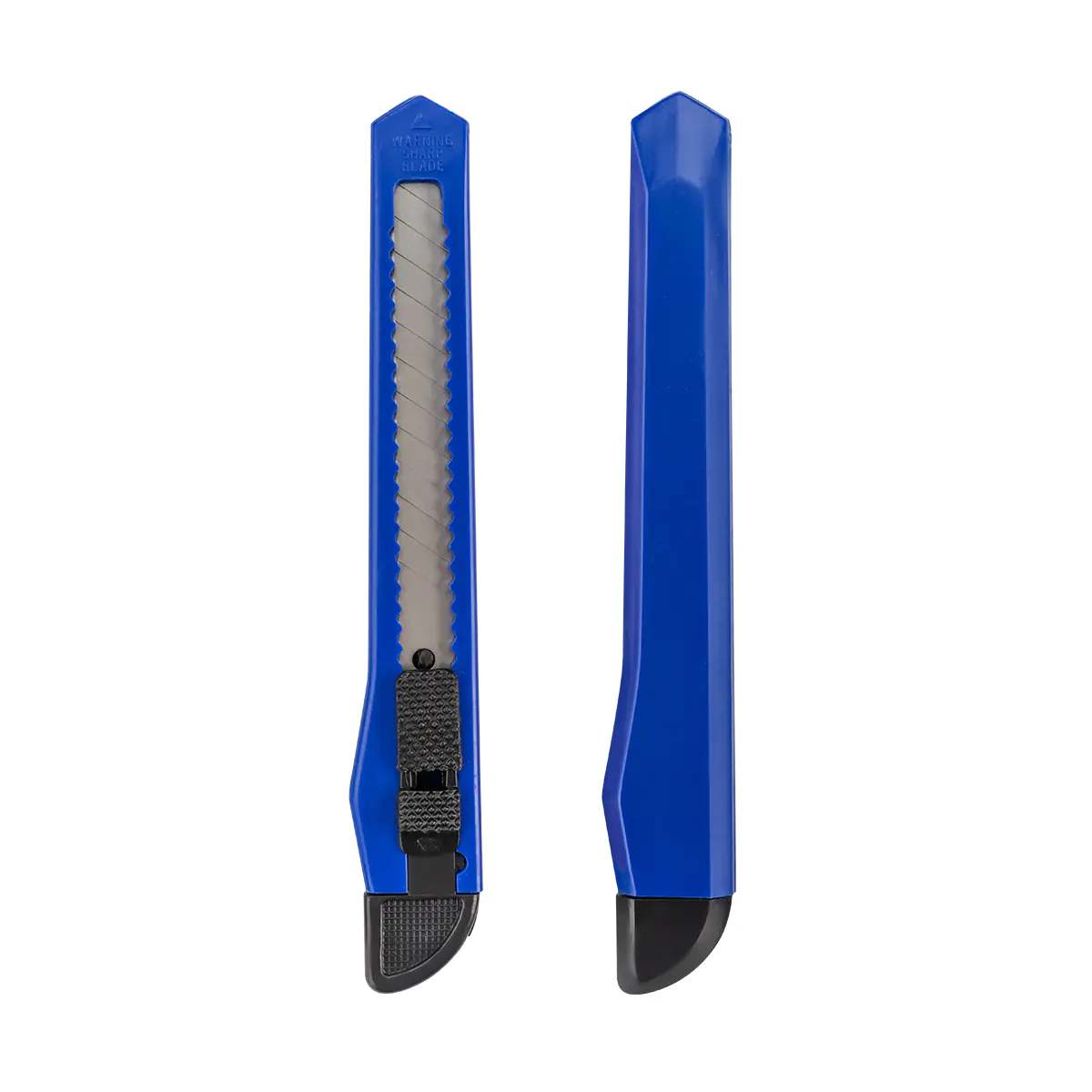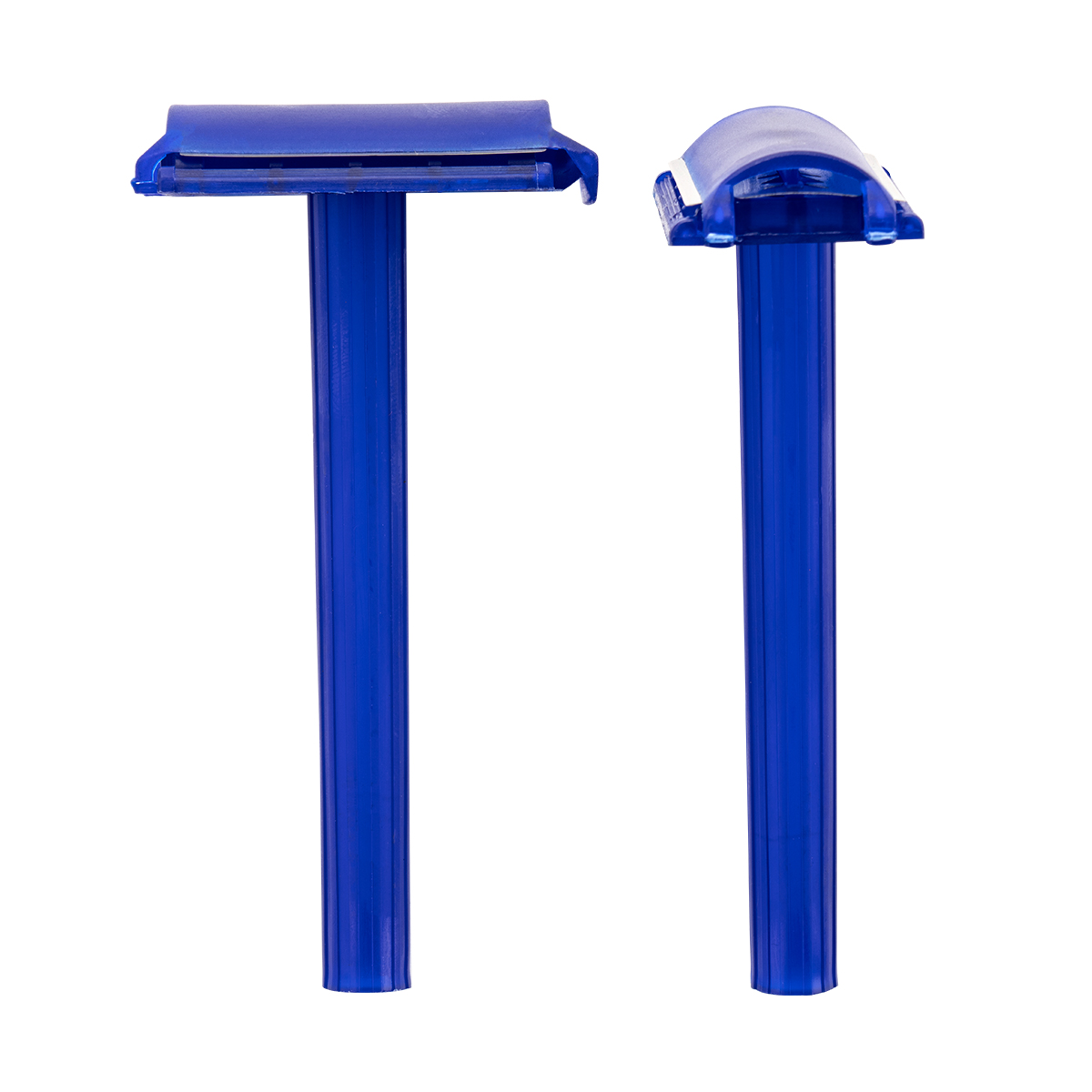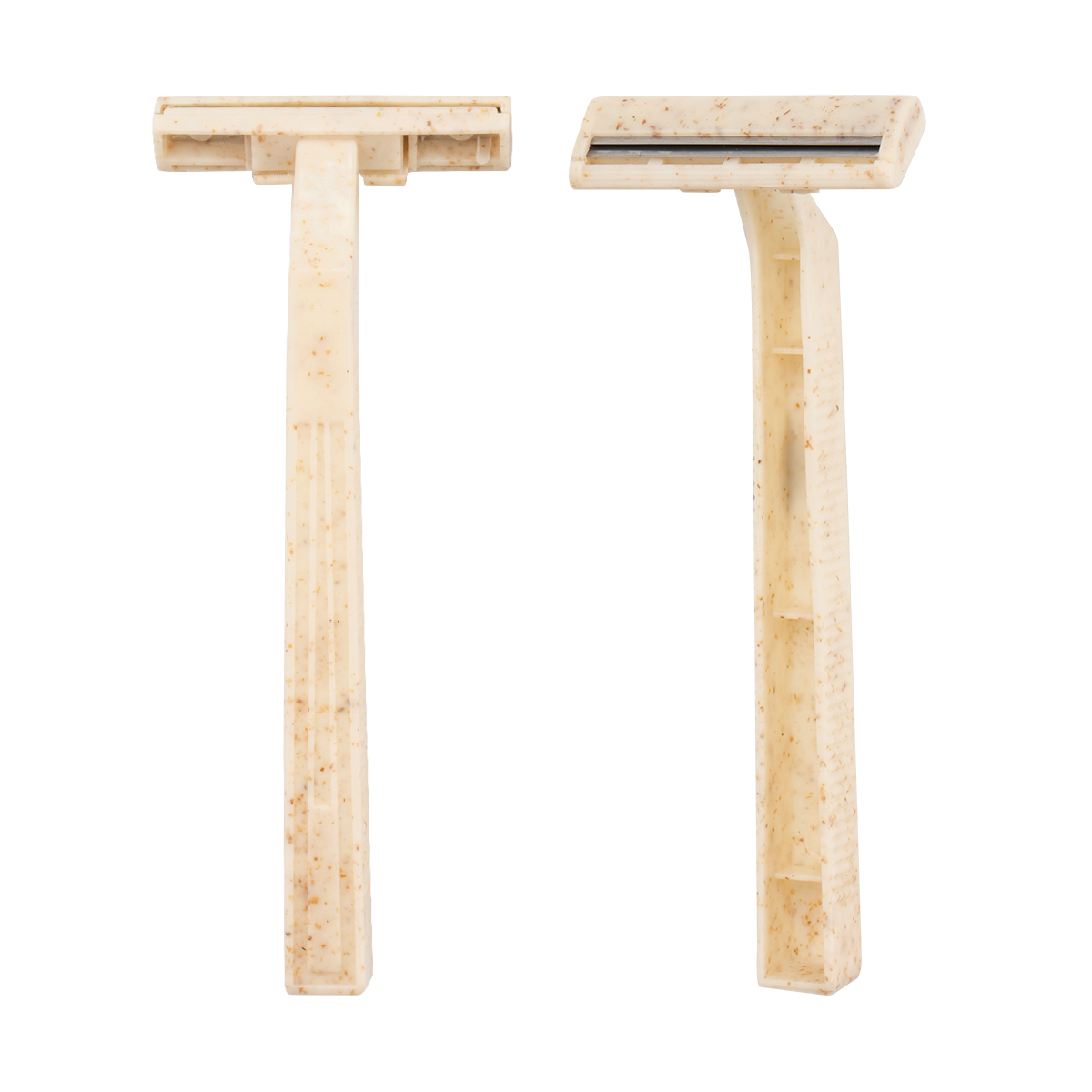We are an industry and trade enterprise
specializing in the production of disposable razors and utility knives for more than 30 years.
Knife News
How different blade geometries affect their performance when cutting and scraping different materials
In the specialized field of utility knife scrapers, blade geometry is a core factor in determining tool performance, efficiency, and safety. It's more than just an aesthetic distinction; it's an engineering design that crucially influences cutting resistance, piercing capability, and scraping stress distribution.
1. Performance Characteristics of the Trapezoid Blade
The trapezoid blade is the most common and standard shape for utility knives.
Cutting Performance: This shape provides two straight cutting edges, making it suitable for cutting thick materials such as drywall, carpet, roofing materials, and cardboard. Its typically greater blade thickness provides excellent rigidity, allowing it to withstand significant linear forces without deflection or bending.
Scraping Performance: The straight edges of a trapezoid blade are its primary advantage when used as a scraper. It provides a uniform contact surface, distributing scraping force evenly across the entire edge. It's ideal for removing materials from large, flat surfaces, such as paint on windows, mortar residue on floor tiles, or large patches of adhesive on floors.
Limitations: The relatively blunt and thick tip provides limited penetration, making it unsuitable for delicate cuts or tasks requiring high-precision detailing.
Keywords: Trapezoidal blade, rigidity, uniform contact surface, heavy materials, straight cutting edge
2. Hook Blade Performance Characteristics
The hook blade (also known as a curved blade) is a highly specialized geometry.
Cutting Performance: The hook design is primarily used for applications requiring pull-cutting rather than push-cutting. Its concave cutter grips the material, making it suitable for cutting ropes, webbing, safety belts, and rolled materials such as roofing felt or vinyl flooring. The biggest advantage of this shape is that it effectively protects the underlying material from damage. For example, when cutting carpet, the hook tip will not contact the carpet pad or flooring.
Scraping Performance: Hook-shaped blades are not commonly used for general scraping, but their pointed tip and curved section can effectively hook and peel sealants, caulk, or residue with irregular edges. The unique angle of the tip is advantageous when removing material from grooves or hard-to-reach corners.
Professional Applications: It is the standard tool for roofing and flooring professionals.
Keywords: Hook blade, pull cutting, protecting underlying material, coil cutting, peeling
3. Performance Characteristics of Rounded/Safety Blades
Rounded tip blades have become increasingly popular in recent years due to workplace safety concerns.
Cutting Performance: The blade body typically retains a trapezoidal or other straight-cutting shape, but the tip is blunted to a rounded shape or removed. This completely eliminates the blade's piercing ability, forcing it to rely on the blade's edge for cutting. This requires the operator to initiate the cut from the edge of the material or from an existing cut. While sacrificing piercing convenience, round-tip blades offer no significant reduction in cutting efficiency when cutting most soft or thin materials (such as stretch film, packaging tape, and plastic film).
Scraping Performance: The blunt round tip serves as an additional safety mechanism when scraping. It effectively scrapes large, flat surfaces, but the lack of a sharp entry point makes it difficult to handle stubborn, hardened stains or residues requiring precise force.
Core Value: The core value of this geometry lies in wound prevention. It significantly reduces the risk of puncture wounds from the blade tip during non-cutting activities, such as handling or accidental slips, and is recommended by many EHS (Environmental, Health, and Safety) standards.
Keywords: Rounded-point blade, safety blade, puncture capability, wound prevention, EHS standards
4. The Impact of Edge Angle and Bevel
In addition to the overall profile, the blade's edge angle and bevel design are equally critical.
Low Angle vs. High Angle:
A low edge angle (e.g., a total angle less than 30°) produces a sharper cutting edge with minimal cutting resistance, making it suitable for easily cutting soft or thin materials (such as labels and paper). However, it offers weaker edge support and is susceptible to edge rolling or chipping on hard materials or under lateral stress.
A high edge angle (e.g., a total angle greater than 35°) provides greater edge durability and is suitable for cutting or scraping dense or abrasive materials such as asphalt shingles or thick plastics. While cutting resistance increases, edge life is significantly extended.
Chisel Grind: This single-bevel design, with one flat side and the other angled, is commonly found on professional scrapers. It provides more directional force while scraping, making it ideal for "chiseling" or "scooping" stubborn residue from difficult surfaces** and simplifying the re-sharpening** process.
![]() No. 2-2, Oufu Road, Zhangting Town, Yuyao City, Ningbo City, Zhejiang, China.
No. 2-2, Oufu Road, Zhangting Town, Yuyao City, Ningbo City, Zhejiang, China.
![]() +86-574-87560886/87560055
+86-574-87560886/87560055
![]() +86-574-87560885
+86-574-87560885
Copyright © Ningbo Chuangxin Cutting-Tool Manufacture Co., Ltd.

 English
English 中文简体
中文简体 русский
русский Español
Español